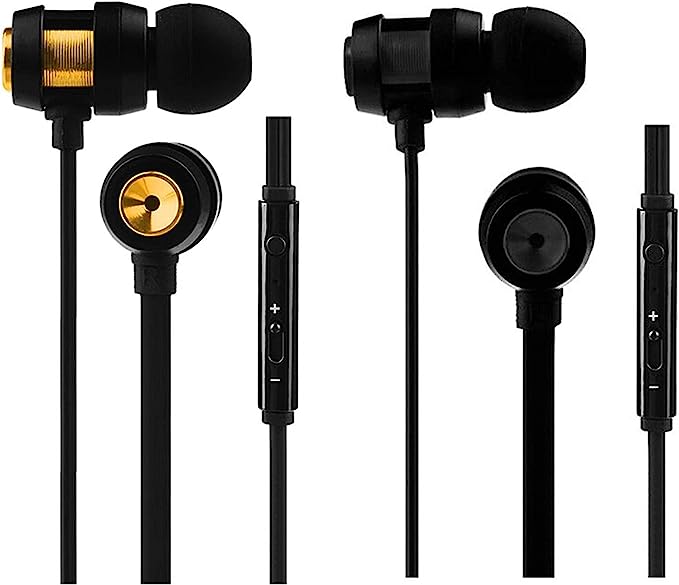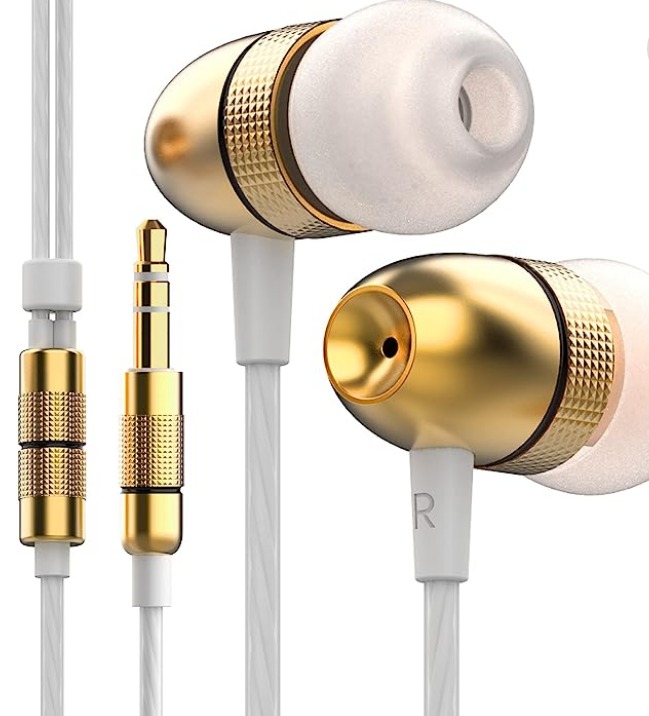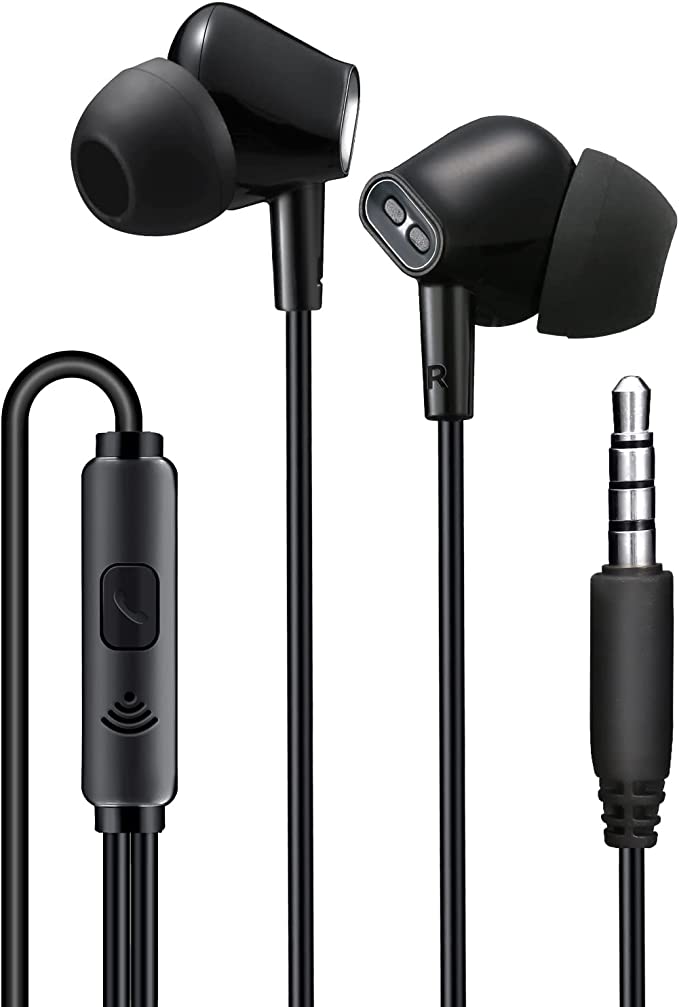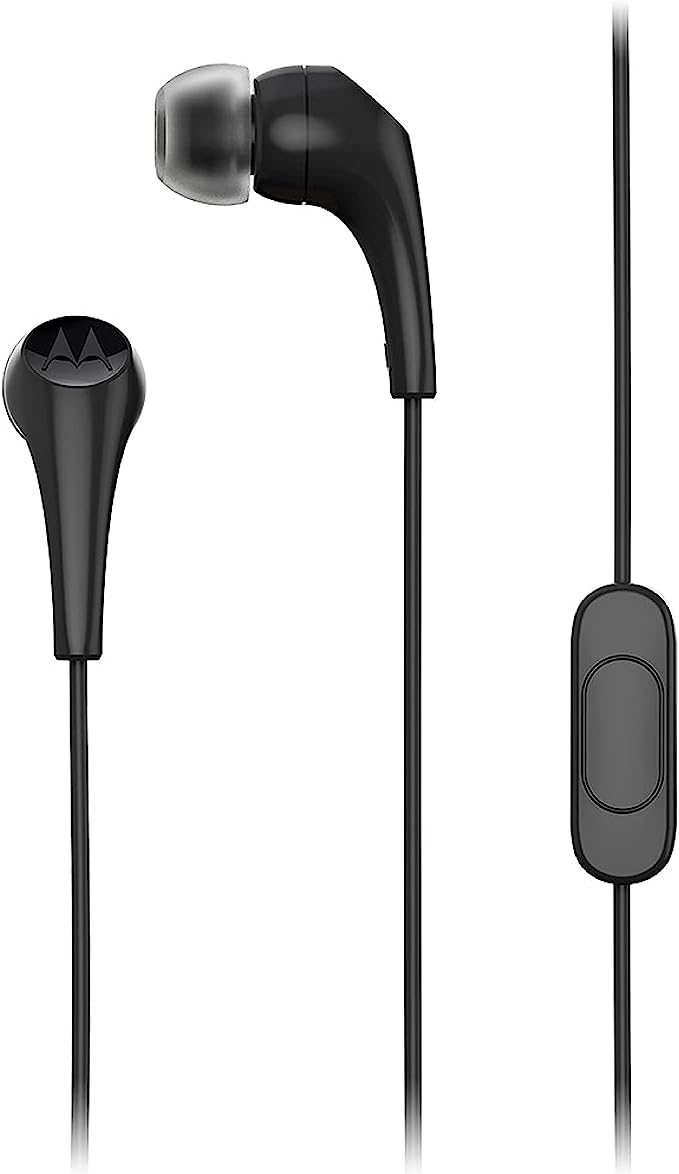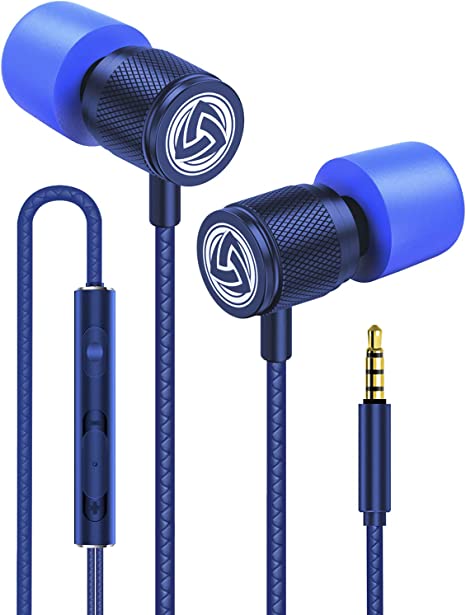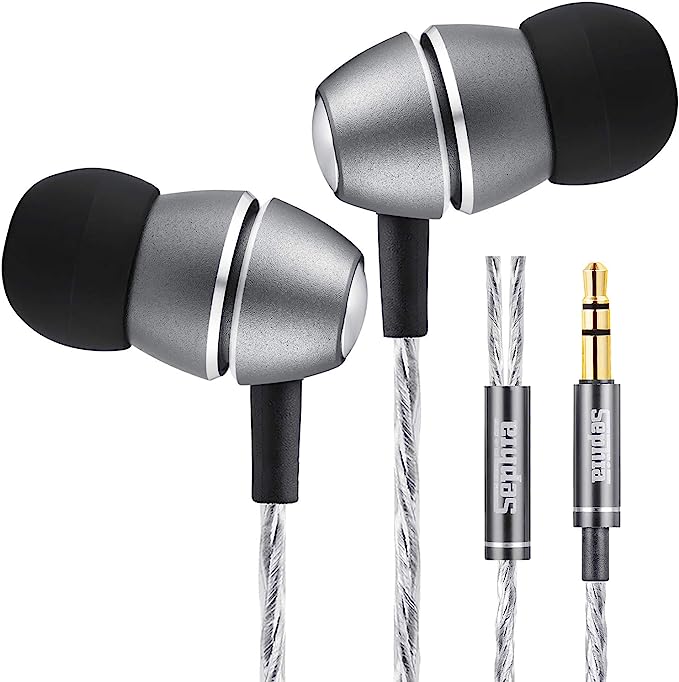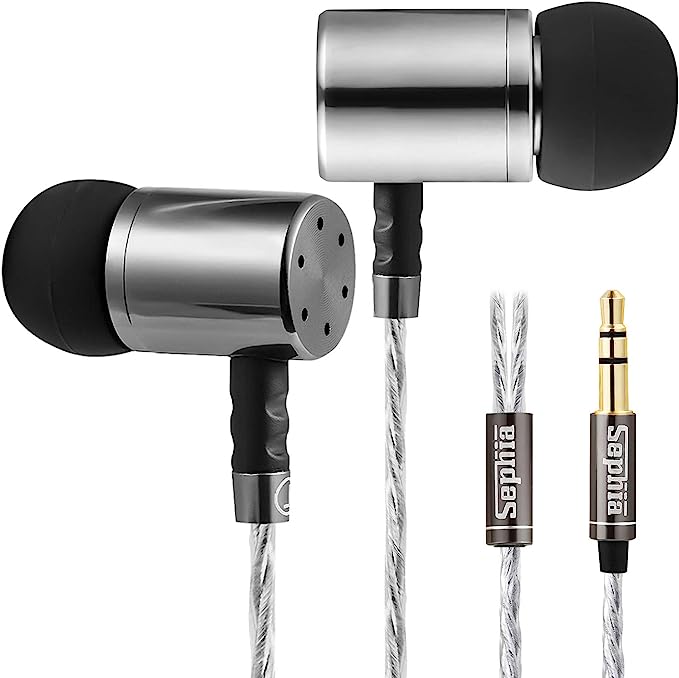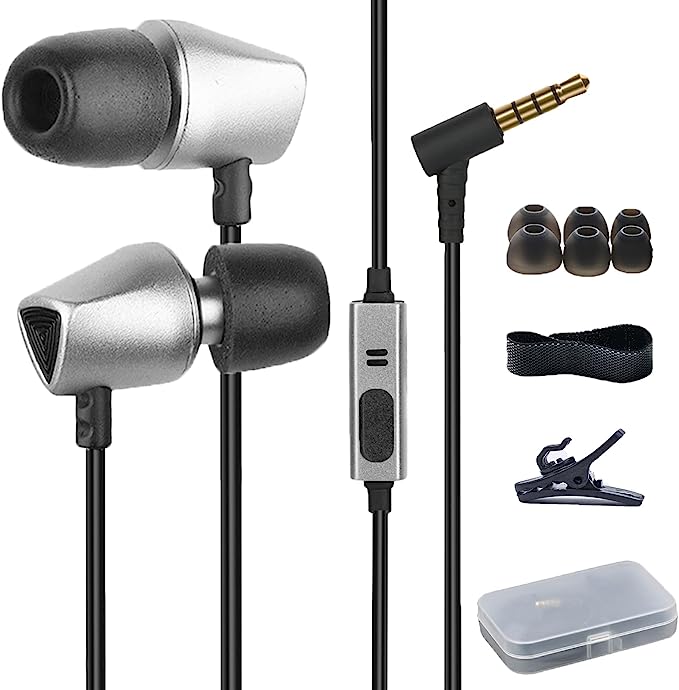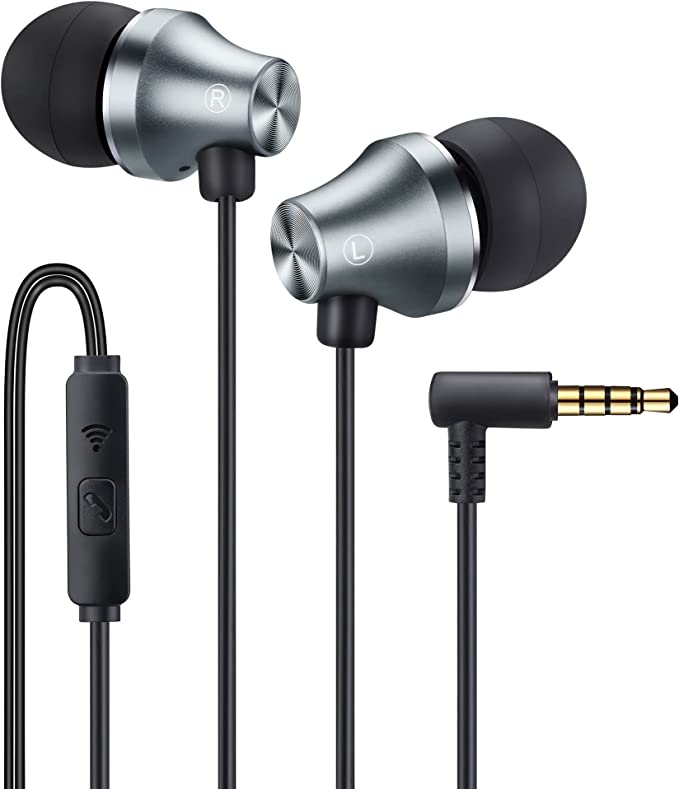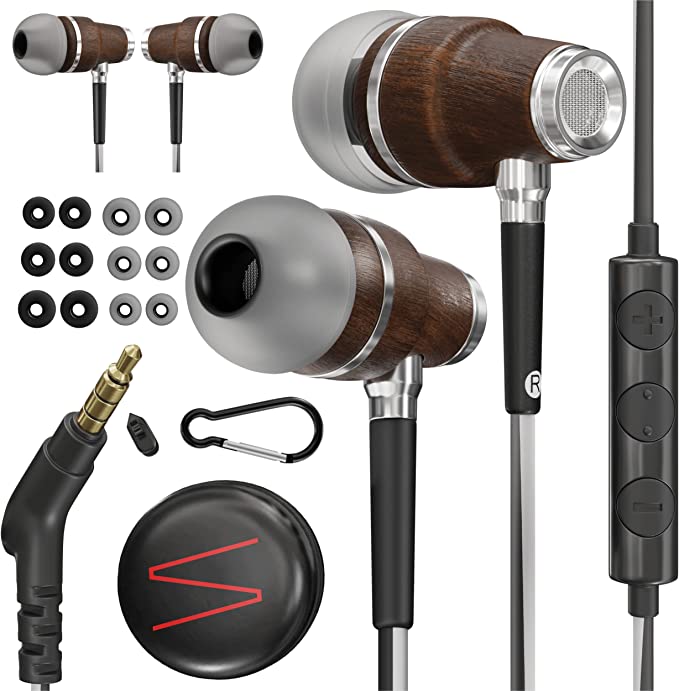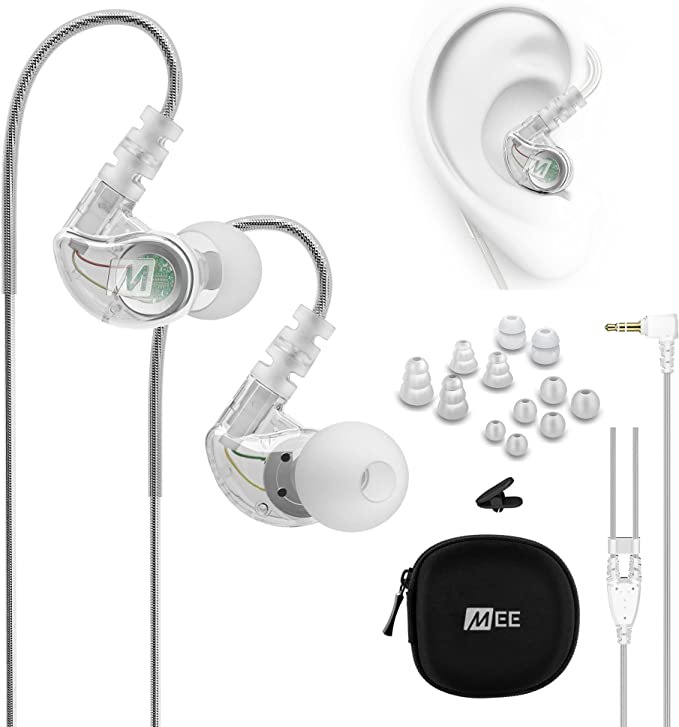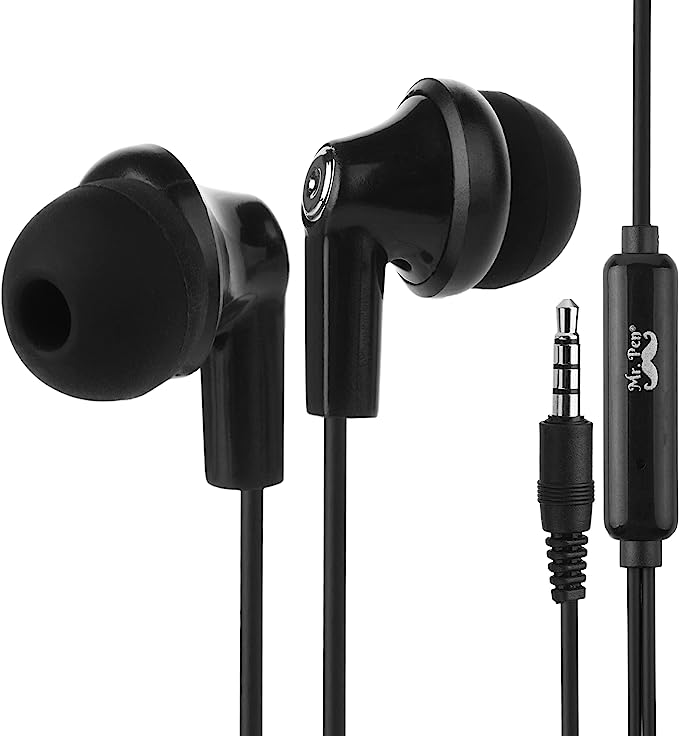Motorola 2-S Wired Earbuds: A Budget-Friendly Blast of Clear Sound
Update on June 20, 2025, 4:23 a.m.
In our hyper-connected, often wireless world, it’s easy to overlook the quiet confidence of a simple wired connection. Yet, for many, the quest for clear, uninterrupted audio leads back to this enduring technology. The Motorola 2-S Wired Earbuds from Motorola Sound are a perfect illustration of this principle: unassuming in appearance, yet packed with thoughtful engineering that leverages fundamental science to deliver a consistently satisfying listening experience. Let’s peel back the layers and explore the fascinating journey your music takes, and the clever design choices that allow these earbuds to punch above their weight.

At the very start of this journey is a connection that has served audio faithfully for decades: the 3.5mm plug. This humble jack is an analog lifeline, a direct conduit carrying electrical signals that are, in essence, an electrical painting of the sound waves themselves. Unlike digital wireless transmission, which involves encoding, sending, decoding, and potential for interference or battery depletion in the listening device, the analog path is beautifully straightforward. The audio signal flows from your phone, laptop, or tablet, directly to the earbuds, requiring no separate power source for the earbuds themselves. This “plug and play” simplicity means no charging anxiety, no pairing frustrations – just immediate audio. It’s important to note, while the product information for the EARBUDS 2S BK model (as seen by its ASIN B09HWY731F) might confusingly list “Bluetooth” under wireless technologies, its core identity and primary Connectivity Technology is unequivocally Wired via that trusty 3.5mm plug. This wired nature is its strength, offering an unyielding, stable connection.
The heart of any earbud, the component responsible for transforming those electrical signals back into the music you hear, is the driver. The Motorola 2-S boasts “large 10mm drivers,” and understanding their function is key to appreciating the “clear bass sound” they aim to provide. Think of a dynamic driver as a miniature, precision-engineered loudspeaker. Inside each earpiece, a delicate diaphragm is attached to a coil of wire (the voice coil), which sits within the field of a permanent magnet. When the audio signal – that fluctuating electrical current – passes through the voice coil, it creates a changing magnetic field. This new field interacts with the permanent magnet, causing the voice coil, and with it the diaphragm, to vibrate rapidly. These vibrations push and pull the air, creating the sound waves that travel into your ear canal. The 10mm diameter of these drivers is significant. A larger diaphragm can, in principle, move a greater volume of air with each vibration. This ability is particularly beneficial for reproducing lower frequencies – the bass notes – which require more energy and air displacement to be perceived fully. While driver size is just one piece of the acoustic puzzle (diaphragm material, magnet strength, and the acoustic design of the earbud housing also play vital roles), a 10mm driver provides a solid foundation for a rich and present sound.

Beyond the drivers, the physical design and materials of earbuds are crucial for both comfort and sound quality. The Motorola 2-S features an “ergonomically designed” shape with an “angled acoustics tube.” This isn’t just for show; angling the tube helps align the sound output more directly with your ear canal, potentially improving sound clarity and creating a more natural fit. Coupled with this are the “comfortable lightweight silicone ear buds.” Weighing in at a mere 1.13 ounces, their lightness minimizes ear fatigue during extended listening sessions. Silicone itself is a wonderfully versatile material for this application. It’s soft, flexible, and generally hypoallergenic, allowing the ear tips to conform to the unique contours of an individual’s ear. This adaptability is critical for achieving a good acoustic seal, which brings us to another key feature: Noise Isolation.
This isn’t the complex electronic Active Noise Cancellation (ANC) that uses microphones to cancel out external sounds. Instead, the Motorola 2-S employs passive noise isolation. By creating a snug seal between the silicone ear tip and your ear canal, a physical barrier is formed, much like an earplug. This barrier significantly reduces the amount of ambient noise from your surroundings that can reach your eardrums. The benefits are twofold: you can focus more intently on your audio content, and you may not need to turn the volume up as high in noisy environments, which is always a good thing for your long-term hearing health.
Finally, in a world where our earbuds are often our gateway to calls and virtual assistants, the in-line microphone and control button add a layer of practical convenience. The microphone, likely a compact electret condenser type, efficiently converts your voice into an electrical signal for clear communication. The single control button offers a surprisingly versatile way to manage your audio experience without fumbling for your phone. Simple presses can play or pause music, answer or end calls, and often, with multiple presses, skip tracks – all thanks to basic but clever circuit interactions interpreted by your connected device.
In an age of ever-increasing technological complexity, the Motorola 2-S Wired Earbuds stand as a testament to the enduring power of well-executed fundamentals. The directness of analog audio, the precise mechanics of dynamic drivers, the thoughtful application of ergonomics and material science for comfort and isolation – these are not new sciences, but they are timeless in their effectiveness. As Motorola Sound themselves state, “Life is better with great sound.” Products like the Earbuds 2-S demonstrate that achieving that great sound doesn’t always require the latest wireless protocols or a hefty price tag, but rather a solid understanding of how to make sound science accessible and reliable for everyone. It’s a quiet reminder that sometimes, the most profound engineering is the kind you barely notice, because it simply works.
